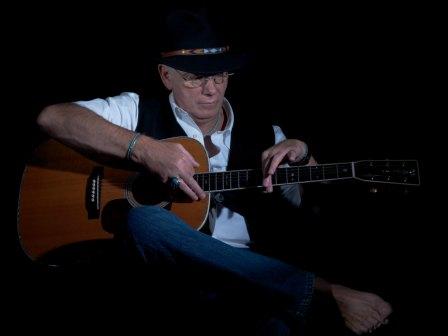
American folk costumes, like the country itself, are a reflection of diverse cultural influences, regional distinctions, and historical heritage. These costumes encompass a wide range of styles, materials, and designs, celebrating the rich tapestry of American culture. From indigenous regalia to the dress of early European settlers and contemporary festival attire, American folk costumes are a vivid expression of the nation’s multifaceted identity.
One of the most distinctive aspects of American folk costumes is their multicultural origins. Indigenous peoples across the continent have a long history of creating unique regalia and clothing, often reflecting their tribal affiliations, ceremonies, and spiritual beliefs. These garments include intricate beadwork, quillwork, and distinctive patterns that vary from tribe to tribe.
The colonial period brought European influence to American fashion, resulting in a fusion of Old World and New World styles.
Pilgrims, for example, wore somber, austere clothing, while Dutch settlers in New Amsterdam (now New York) introduced colorful fabrics and distinctive head coverings. As settlers moved westward, new adaptations and regional styles emerged.
In the South, traditional American folk costumes often feature elements of African heritage, such as vibrant headwraps and skirts. The Cajun and Creole communities of Louisiana have their own unique attire, reflecting their French, African, and Creole roots. Mardi Gras Indians, for instance, don ornate, hand-sewn suits adorned with intricate beadwork and feathers for their annual celebrations.
In the American West, cowboy and cowgirl attire is a quintessential representation of the frontier spirit. Denim jeans, boots, Stetson hats, and bandanas became iconic elements of American fashion. Rodeo queens and participants in Western events often don elaborate costumes and clothing that celebrate the history and lifestyle of the American West.
The rich African American heritage in the United States has given rise to distinctive folk costumes and traditions. During Juneteenth celebrations, for instance, participants may wear clothing that pays homage to their African roots, often incorporating vibrant prints and headwraps. The clothing symbolizes resilience and cultural pride.
Contemporary American folk costumes are often associated with cultural festivals and events. For example, the attire worn during Native American powwows features a mix of traditional regalia and modern clothing. Many Americans don traditional or heritage costumes during events like Renaissance fairs, ethnic festivals, and historical reenactments, providing a unique opportunity to connect with the past and celebrate diverse cultural traditions.
While American folk costumes have deep historical roots, they are not confined to the past. Many communities and individuals continue to create and wear traditional attire, preserving their cultural heritage and passing it on to future generations. These costumes are a living expression of the nation’s multicultural identity and a vibrant testament to the enduring significance of tradition and diversity in American culture. Whether worn in ceremonies, celebrations, or everyday life, American folk costumes are a visual tapestry that unites the past with the present, celebrating the essence of the nation.
